Focus on Safety and Security
Safety and security remain critical concerns within the Railway Control Stand Market. With rising passenger numbers, the demand for advanced safety systems is intensifying. Regulatory bodies are enforcing stricter safety standards, compelling railway operators to upgrade their control stands to meet compliance requirements. This shift is likely to drive investments in safety technologies, including automated signaling and surveillance systems. The Railway Control Stand Market is expected to see a notable increase in demand for these safety-enhancing solutions, potentially leading to a market growth rate of 10% annually over the next five years.
Rising Environmental Concerns
The growing emphasis on sustainability is shaping the Railway Control Stand Market. As environmental concerns escalate, there is a concerted effort to reduce carbon emissions associated with transportation. Railways are increasingly viewed as a more sustainable alternative to road transport, prompting investments in eco-friendly technologies. The Railway Control Stand Market is likely to benefit from this trend, as operators seek to implement energy-efficient control systems that minimize environmental impact. This shift towards sustainability could result in a market growth rate of approximately 8% over the next few years, as more operators prioritize green initiatives.
Integration of Smart Technologies
The integration of smart technologies into railway systems is a pivotal driver for the Railway Control Stand Market. Innovations such as Internet of Things (IoT) and artificial intelligence (AI) are transforming traditional railway operations. These technologies enable real-time monitoring and predictive maintenance, which can significantly enhance operational efficiency. For instance, the implementation of AI-driven analytics in control stands can lead to a reduction in downtime and improved decision-making processes. As railway operators increasingly adopt these smart solutions, the Railway Control Stand Market is poised for substantial growth, with an estimated market value increase of 15% by 2027.
Government Initiatives and Funding
Government initiatives aimed at enhancing railway infrastructure are significantly influencing the Railway Control Stand Market. Various countries are allocating substantial budgets to modernize their railway systems, recognizing the economic and environmental benefits of efficient rail transport. For example, funding programs in several regions are designed to support the development of advanced control systems, which are essential for the modernization of existing rail networks. This influx of government funding is likely to stimulate growth in the Railway Control Stand Market, with projections indicating a potential market expansion of 12% by 2026.
Increasing Demand for Efficient Transportation
The Railway Control Stand Market is experiencing a surge in demand for efficient transportation solutions. As urbanization accelerates, the need for reliable and timely public transport systems becomes paramount. This trend is reflected in the growing investments in railway infrastructure, which are projected to reach approximately USD 200 billion by 2026. Enhanced railway systems, supported by advanced control stands, facilitate smoother operations and improved safety measures. Consequently, the Railway Control Stand Market is likely to benefit from this increasing focus on efficiency, as operators seek to optimize their services and reduce operational costs.


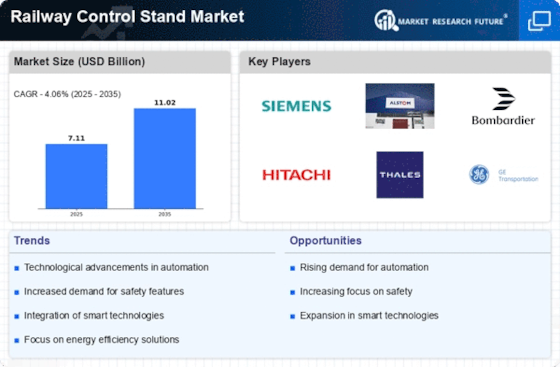
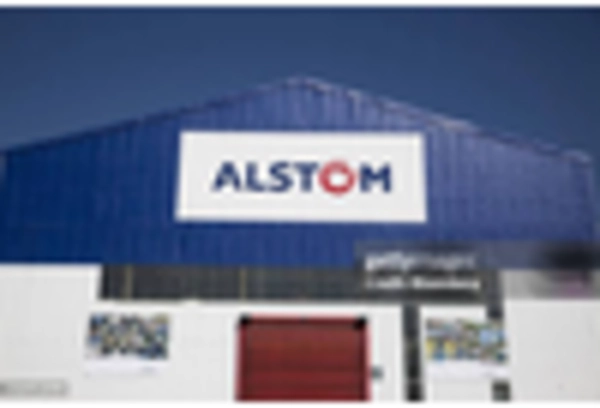
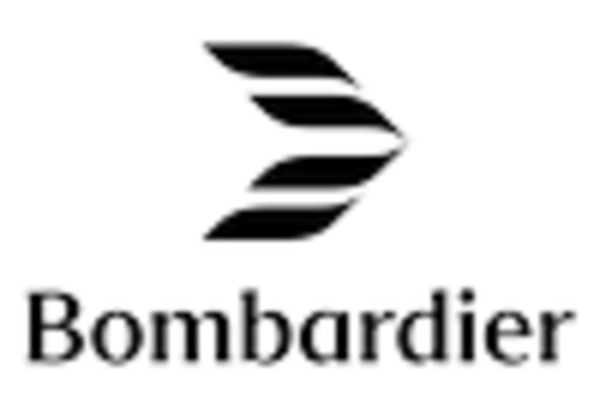
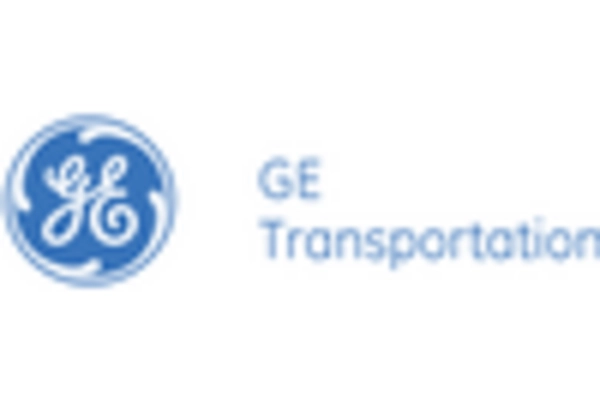
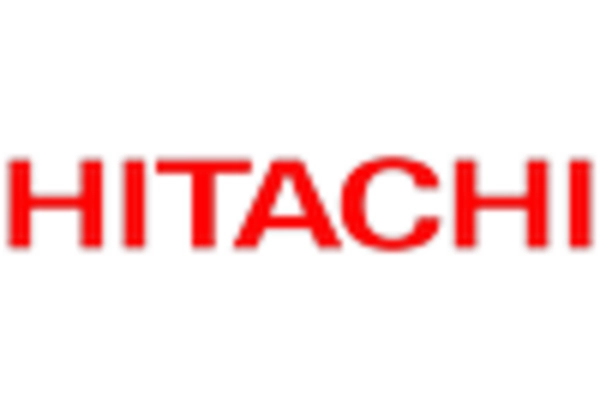
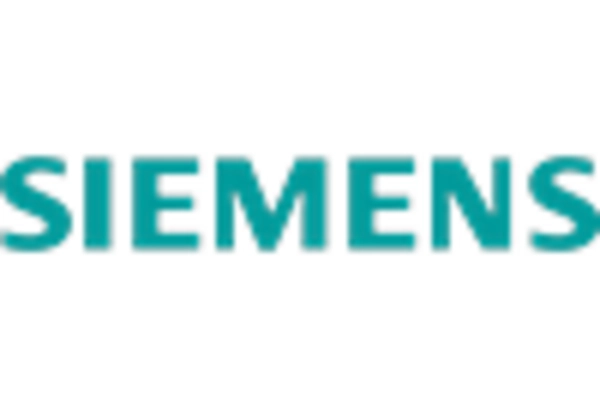









Leave a Comment